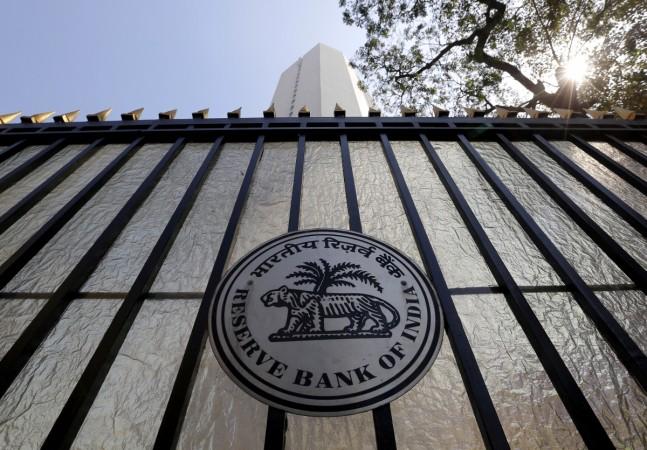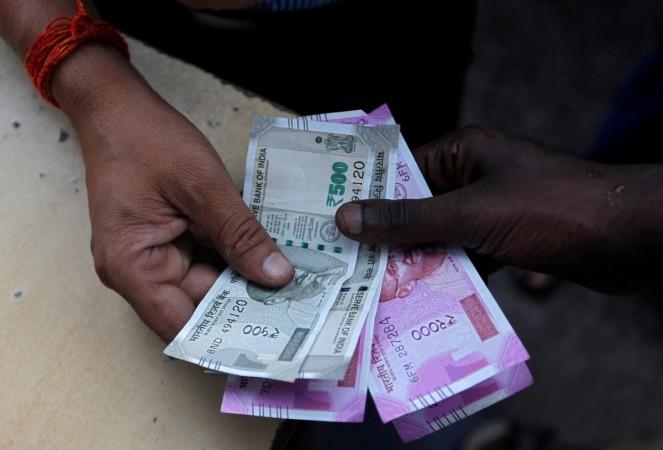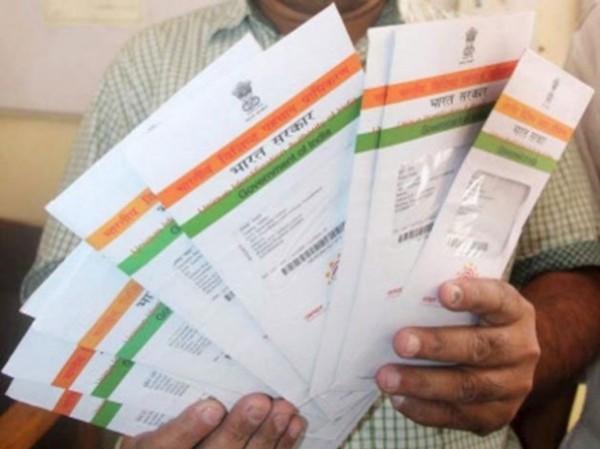The digital revolution has taken the world by storm and no other area has witnessed such metamorphosis as payment and settlement systems, resulting in a myriad of digital options for the user to transact and choose his or her preferred mode of payment.
While cash was well-established and widely used payment instrument since time, digital has now penetrated to ensure non-cash electronic payment systems operate seamlessly across various channels to enable speedy transfer of funds and payment settlements.
A recent RBI (Reserve Bank of India) study assesses the progress of digitisation from cash to electronic over the last 5 years in India vis-a-vis comparison with 26 other member countries of the Committee on Payments and Market Infrastructures (CPMI).
Cash vs digital
Using cash as a payment instrument, the Currency in Circulation (CIC) across the country increased at a CAGR of 10.2% over the past 5 years, i.e., between the financial years (FY) 2014-15 and 2018-19. The Notes in Circulation (NIC) in October 2019 was Rs 22,31,090 crore, indicating that digitalisation and reduction in cash usage have helped reduce NIC by over Rs 3.5 lakh crore.

While India's CIC levels reduced in 2018 as compared to 2014, other countries, with the exception of Argentina, China, Indonesia, Russia, South Africa, Sweden and Turkey, had increasing cash levels.
Over the past 5 years, the demand for high value denominated currency has outpaced low value denominated currency, which indicates that cash is increasingly used as a store of value and less for making payments today. The cash withdrawals from ATMs have increased over the past 5 years. India is next only to China in terms of the cash withdrawals from ATMs. However, the percentage of cash withdrawals to GDP has been constant in India at around 17%.
A report by Worldpay revealed that digital payment usage is increasing in the Asia Pacific region and estimated that the e-commerce market in the region will grow by a CAGR of 12 percent between 2016 and 2021, with India being one of the key drivers of this growth. World over, cards have replaced cash as a mode of making payments, except in traditionally cash denominated jurisdiction like Germany, Italy, Japan and Russia. In India, the shift has been to electronic/digital channels.

According to a report by Credit Suisse Group AG, 72% of India's consumer transactions take place in cash, double the rate as in China. Many merchants, especially in rural areas, remain unable or unwilling to accept digital transactions due to network connectivity issues and reluctance to pay charges for what are often low-value transactions.
The number of deposit accounts has grown to 217.40 crore as of end of March 2019. These include deposit accounts in all commercial banks including Local Area Banks (LABs), Payment Banks (PBs), Small Finance Banks (SFBs), Regional Rural Banks (RRBs)and cooperative banks in the country. As on October 30, 2019, there were 37.36 crore Basic Savings Bank Deposit (BSBD) accounts. The availability of bank accounts plays a key role in initiating digital payments from/to such accounts.
"Aadhaar" enabled eKYC (electronic Know Your Customer) had resulted in exponential growth of digital payments in India. The use of Aadhaar has also been leveraged for authenticating payments to merchants and through business correspondents. Aadhar has helped widen the reach and access of payment systems across the country.

In respect of card issuance, during the past 5 years, the number of credit cards issued increased from 211 lakh to over 550 lakh. The same period also witnessed a steep increase in debit cards from 5535 lakh to over 8000lakh. This was supported by the 2960 lakh Rupay debit cards issued to BSBD account holders. Increase in cards has facilitated growth in both online and physical PoS terminals based card payments resulting in an increase in digital transactions.
While there is no accurate measure of cash payments in the country, the progress of various digital payments can be measured accurately. Overall, the digital payments in the country have witnessed a CAGR of 61% and 19% in terms of volume and value, respectively over the past 5 years, demonstrating a steep shift towards digital payments.
Within the digital payments, retail electronic payments comprising credit transfers {RTGS, NEFT, fast payments (IMPS and UPI)} and direct debits (ECS, NACH) have shown a rapid growth at a CAGR of 65% and 42% in terms of volume and value, respectively. Stored value cash issued in the form of wallets and prepaid cards demonstrated an increased adoption with a CAGR of 96% and 78% in terms of volume and value, respectively.
The report stated, "Electronic payment methods are both at the service of and bound by India's heterogeneous economic composition. Virtual payments are increasing in popularity, but the country's ethnic and economic diversity render the shift toward digital payments geographically variable, and certain regions and economic strata exhibit more openness to digitisation than others."
"Cash still rules but is increasingly seen as a way to store value as an economic asset rather than to make payments. Speed, convenience and competition are shaping the future of payments. Our endeavour is to make digital (payments) a divine experience to the users - Cash is King, but Digital is Divine," says RBI.

















